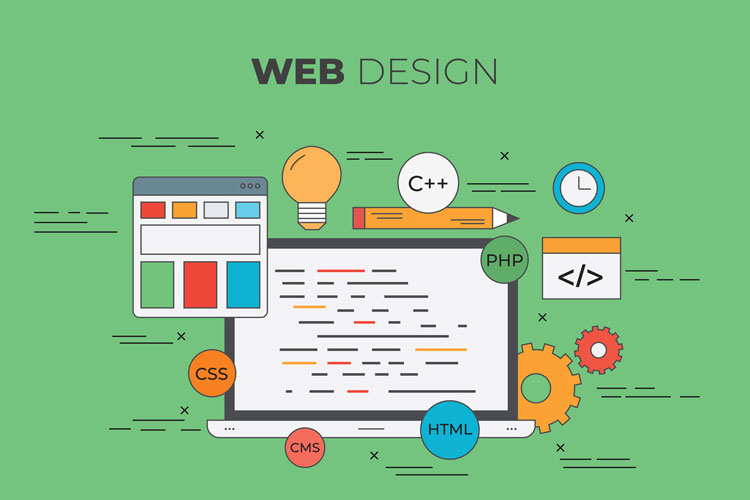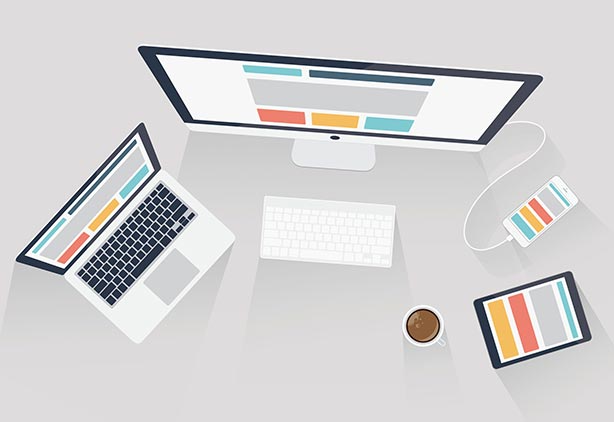Differences in B2B Vs B2C Website Designing

Business to business or B2B signifies the marketing of the product and services across businesses. The B2B relationships keep running and developing with time. However, the sales procedure over B2B is longer than B2C. The deciding factor over B2B may occur over various levels. Business to consumer or B2C reaches the customer who is the final consumer. The websites that sell consumer products fall in the category of B2C. B2B includes office furniture manufacturers or advertising agencies. B2C contains restaurants, house-cleaning services or retail stores. The b2b and b2c web designing concepts are quite interesting.
E-commerce websites are growing in demand across multiple businesses and various industries. However, it is important to identify the buyer during the design of an e-commerce website. But, both the website categories must have a clean, to-the-point and decent design. The b2c web design should both offer concise details on the product or service.
1. Buying Procedure – B2C buying procedures are less complicated than B2B. The change requires less time from showing interest to making a purchase. A simple buying procedure can grasp customer attention. Customers prefer direct purchases over online registrations. But B2B procedures are more complex as they have various formalities. Some of them include direct interactions, form fill-ups, proposal evaluations and/or approvals. Personal interaction is mandatory to establish a final purchase over B2B.
2. Mental Setup – Emotions play an important role in B2C purchases. The emotional feeling of the consumer provokes them to purchase the product or service. The product or service brand can influence the deciding consumer and convert him/her to a dedicated customer. The B2B purchases involve an emotional role as their decisions can impact the team or the organization. The pair of factors – fear and avoiding risks remain involved in B2B purchases. A single poor experience can produce an unpleasant outcome on a dissatisfied team and provoked clients.
3. Involved Expenses – The expenditure involved over B2C costs are clarified and publicized between the buyer and the seller. The costs remain straightforward across customers till one comes up with a discount request. The shipping expenses remain in the dark and are non-oblivious to the general customers. The B2C websites also include cross-selling and upselling of products and services. The expenses over B2B are indirect that vary across firms and client requirements. There exist multiple options with separate plans that change between companies. Price declaration for B2B services can be difficult to place directly on a website. Some of the information like maintenance fees or customization costs remain hidden from the website.
4. Customer’s Decision – The B2C websites deal one-on-one with the customer. The lack of a decision-making board simplifies the process with the buyer making the choice. Hence, a customer would likely make an impulsive decision without any second thoughts over B2C. But a user over a B2B website has a back-end team of individuals to make a decision. The whole team has to fit themselves with a particular procedural norm within the group. The decision-making process becomes complicated and elongates with time. Pre-purchase of a product or service, B2B customers start to research their needs for months before they make a move. The expenses involved over B2B websites are more than B2C. Thus, the board has to consider the need of the purchase with the involved expenses and time.
The b2b and b2c web designing techniques must include a suitable pricing model. Offering a virtual price calculator to the customers can attract their attention to the website.
B2B users prefer to obtain the maximum amounts of information they can obtain. Achieving higher conversion rates is possible if the user can trust the website. The site must be as concise as informative. The presence of call-to-action (CTA) facilities like phone numbers, email addresses, text messages and live chats can improve user experience.
The b2b web design content strategy can include videos and testimonials including webinars, recorded product demos and podcasts. Increasing information variants can enable the user to obtain a clear understanding of the addressing issues. Business-to-business leads do not facilitate instant purchase since it requires adequate lead nurturing. Addition of technical specifications like API information details, integration aspects or technical specifications to ensure user contentment with the product or service.



 +91 8277203000
+91 8277203000
